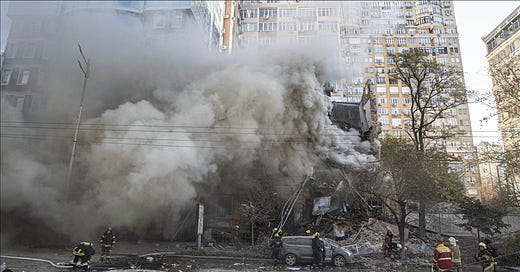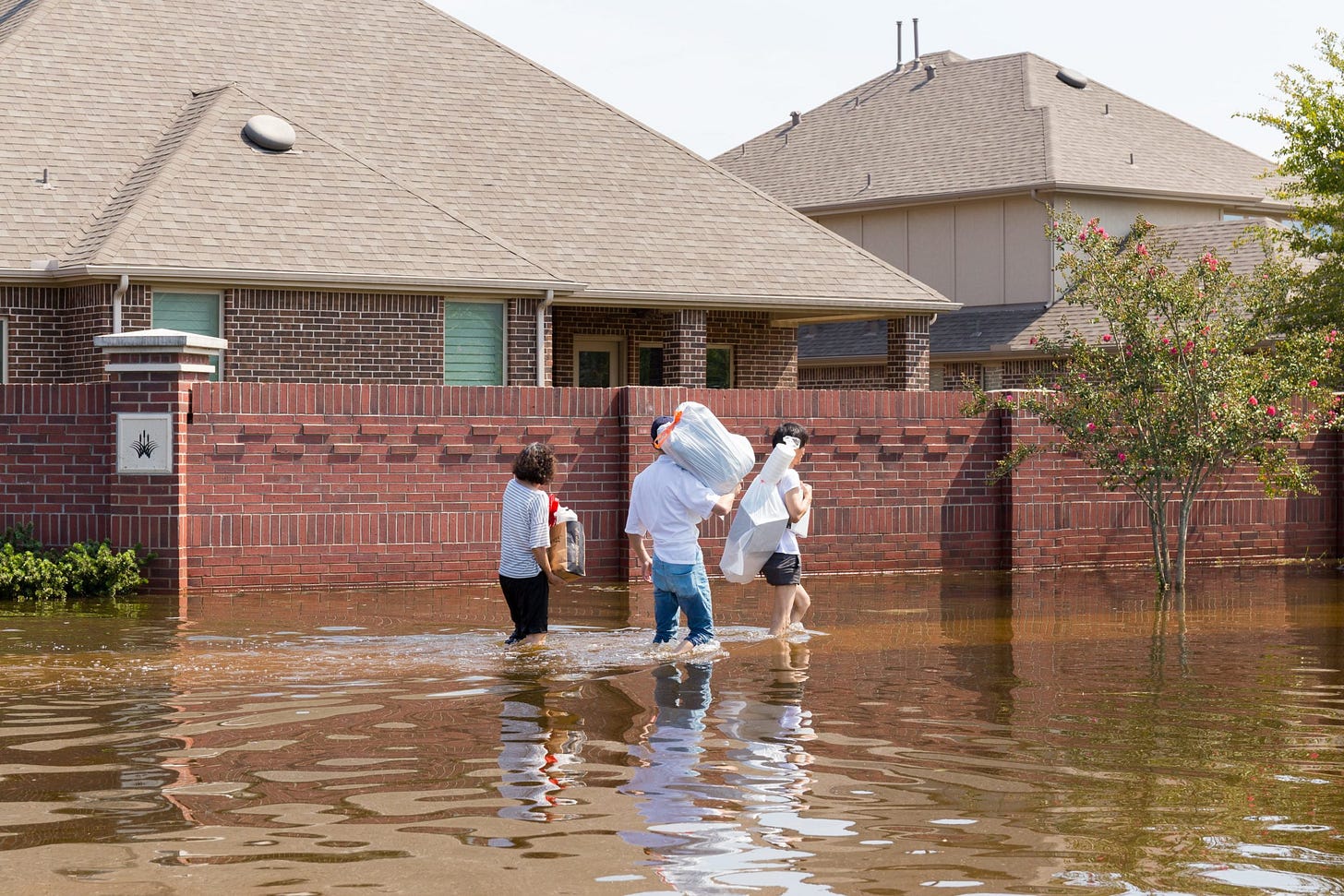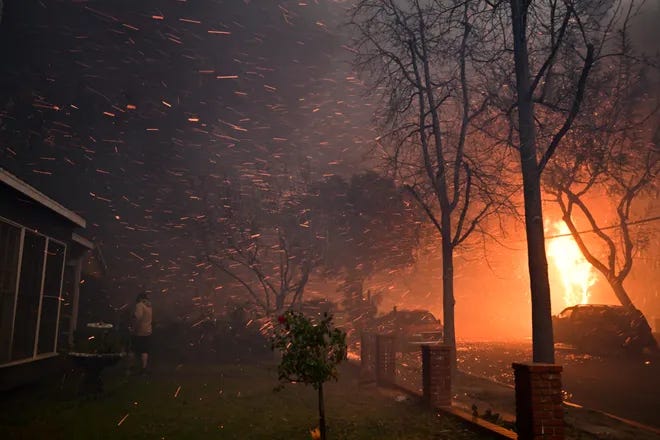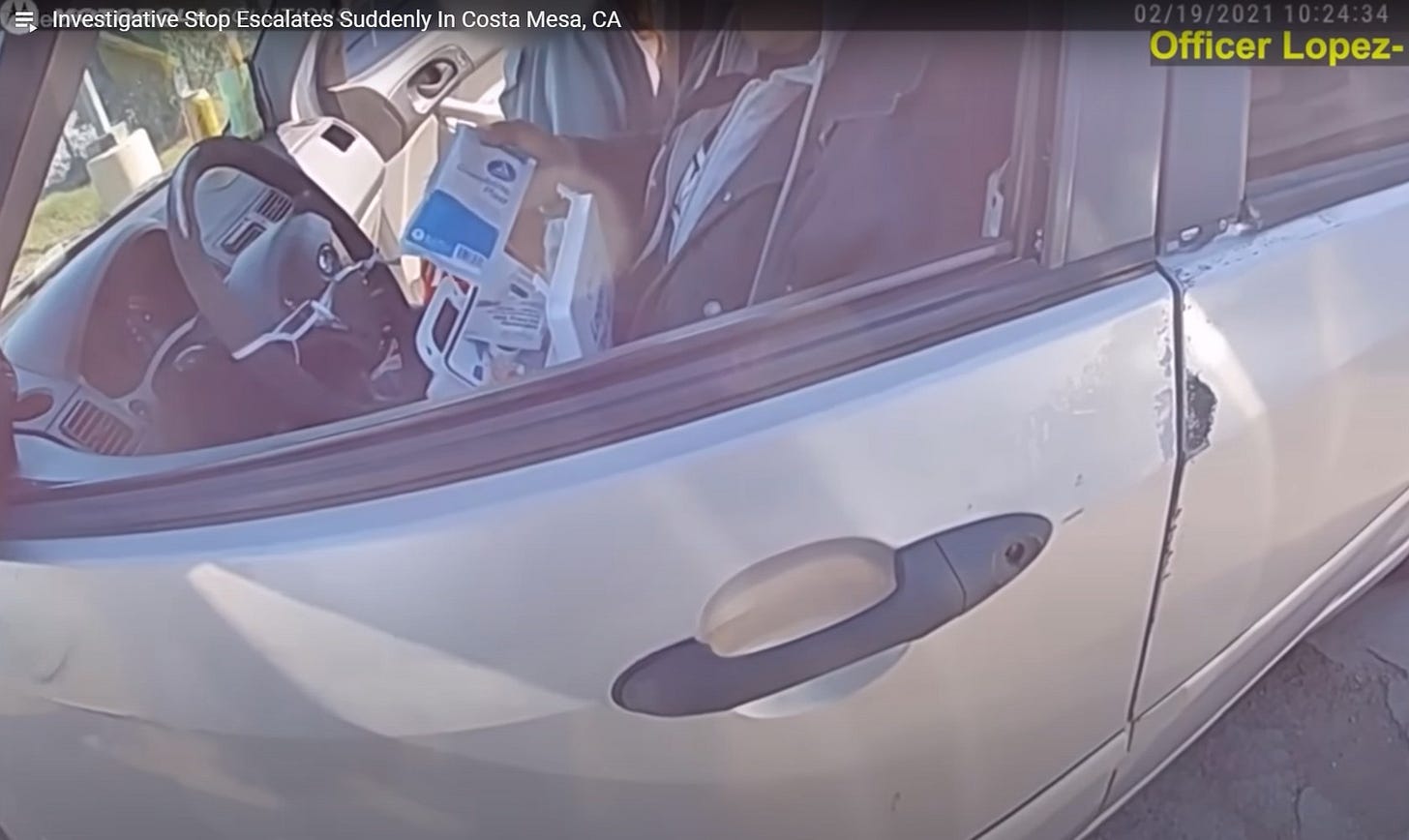Addiction recovery is never easy, but when external crises—like war, natural disasters, or the influx of dangerous drugs—compound the struggle, the need for adaptability becomes even more critical. In Ukraine, the ongoing conflict has disrupted addiction treatment systems, forcing public health providers to develop innovative solutions to maintain continuity of care. These challenges resonate with hardships closer to home in the United States, particularly in California, where addiction treatment centers face their own set of fires—both literal and metaphorical.
(drone hit in Kiev)
Hardships in U.S. Addiction Treatment
The Ongoing Drug Supply Crisis
The United States faces a relentless influx of synthetic opioids like fentanyl, primarily trafficked by cartels. This has led to a surge in overdoses, making it harder for treatment centers to keep up with demand for services. Addiction treatment providers are overwhelmed, needing to address not just opioid addiction but also the complexities of poly-drug use involving fentanyl, methamphetamine, and counterfeit pills.
Many facilities lack the resources to scale up services to meet this growing need. Insurance reimbursements often fall short of covering the intensive care required for patients addicted to these highly potent substances, creating financial strain for centers. In response, some treatment centers are adopting harm reduction approaches, like distributing naloxone and fentanyl test strips, alongside traditional treatment modalities.
At Asana Recovery, our team has integrated virtual care options like Virtual Intensive Outpatient Programs (IOP) and Virtual Partial Hospitalization Programs (PHP) to help address these challenges. These programs not only expand access to care but also offer a lifeline to patients in underserved areas.
(treatment patients during a flood in Richmond, Texas (2017))
Natural Disasters and Their Ripple Effects
California’s increasing frequency of wildfires presents a unique challenge to addiction treatment centers. These disasters disrupt operations, displace patients and staff, and create additional stress for those already battling addiction. Facilities in wildfire-prone areas may face temporary closures, evacuation orders, or even total destruction. Patients who rely on structured daily programs may lose access to critical support during these disruptions. Smoke and air quality issues also exacerbate mental health conditions, increasing relapse risks.
When wildfires threatened areas near Asana Recovery, we implemented emergency preparedness plans to ensure that care continued uninterrupted. Patients were transitioned to virtual programs like Virtual IOP and Virtual PHP, allowing them to maintain their progress even while displaced. Mobile treatment units and telehealth contingencies have also proven invaluable during these crises, demonstrating the adaptability of modern treatment solutions.
(fire in Altadena, CA neighborhood)
Adapting to California’s Fires: Building Resilience in Addiction Treatment
California’s addiction treatment centers must take proactive steps to weather the literal and figurative fires they face. Wildfires can displace patients and disrupt care similarly to wars. The resilience seen in Ukraine offers inspiration for solutions:
Telehealth and Mobile Care: Offering virtual Intensive Outpatient Programs (IOP) and Partial Hospitalization Programs (PHP) ensures patients can continue their treatment during evacuations or when facilities are inaccessible.
Emergency Supply Kits: Preparing take-home kits with medication and resources for patients in the event of displacement is crucial.
Staff Support: Training staff to handle emergency relocations and providing mental health support for burnout during crises is essential for maintaining a stable workforce.
Systemic Barriers in Insurance and Funding
The reliance on insurance reimbursements to fund addiction treatment presents significant challenges for centers across the U.S. Many insurers limit coverage for long-term care, medication-assisted treatment (MAT), and holistic therapies that are essential for recovery. These financial constraints often force centers to cut services, reduce staff, or close altogether. Additionally, navigating insurance approvals and denials creates delays in accessing care for patients who often need immediate intervention.
At Asana Recovery, we’ve worked diligently to build relationships with in-network insurers to reduce these barriers. By educating patients about their coverage and streamlining the approval process, we’re helping ensure that financial constraints don’t stand in the way of recovery.
Lessons from Ukraine: Adapting to Hardship
The challenges faced by addiction treatment providers in Ukraine during wartime mirror many of these struggles. Their ability to adapt—through mobile clinics, cross-border collaborations, and flexible dosing protocols—offers a model for resilience.
Flexible Care Models: Like Ukraine's adoption of 15- to 30-day medication supplies during crises, U.S. providers can expand take-home MAT options and virtual care during emergencies.
Community Collaboration: Ukraine’s network of narcologists and public health workers underscores the importance of strong local partnerships. Similarly, California providers can work with community organizations to address gaps in care during disasters or surges in drug use.
Proactive Planning: As Ukraine demonstrated with their list of treatment sites in neighboring countries, U.S. centers can prepare for crises by creating emergency plans that ensure continuity of care for displaced patients.
Resilience as the Future of Recovery
The opioid crisis knows no borders—whether it's the battlegrounds of Ukraine or the wildfire-prone landscapes of California. What unites these struggles is the resilience of patients, providers, and systems that adapt to maintain hope and continuity in the face of adversity.
At Asana Recovery, we are committed to adapting our services to meet the evolving needs of our community. From offering flexible virtual programs like Virtual IOP and Virtual PHP to working with in-network insurers to remove financial barriers, we aim to ensure that recovery remains accessible—even in the most challenging times.
For assistance or inquiries:
Verify your insurance
Contact us
Trivia Time! 🎉
🌟 Question:
What critical change in addiction treatment protocols did Ukraine implement during the war to ensure patients had continued access to medication?
💡 Hint: It involved flexibility with medication supplies and dosing guidelines!
🎁 Win a $15 Gift Card!
Only one winner will be chosen at random within the next 24 hours. The winner can select a gift card from Uber, DoorDash, or Amazon!
📧 How to Enter:
Email your answer to david@asanarecovery.com.
Good luck! 🍀✨
Lessons from a Costa Mesa Shooting
Although this incident occurred in February 2021, its implications remain highly relevant today. The tragic officer-involved shooting of Jose David Valdez in Costa Mesa serves as a stark reminder of the dangers posed by drug addiction and its ripple effects on our communities.
Police officers encountered Valdez slumped over the steering wheel in a high-crime area, a situation all too familiar in neighborhoods grappling with substance abuse issues. Toxicology reports confirmed the presence of fentanyl, methamphetamine, and amphetamine in his system—substances that continue to plague communities across Orange County and beyond.
The escalation of this incident—resulting in Valdez’s death and significant risk to others—underscores the critical need for effective addiction treatment, law enforcement training, and community support to break the cycle of drug use and violence.
Addiction and Violence: A Continuing Crisis
This story is not just a chapter in Costa Mesa’s history; it’s a reflection of ongoing challenges that require urgent attention. With synthetic opioids like fentanyl contributing to record-high overdose rates, the connection between addiction and public safety has never been more evident.













